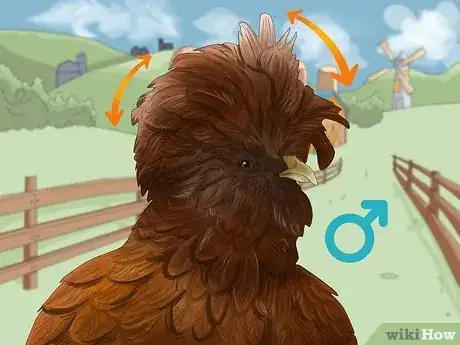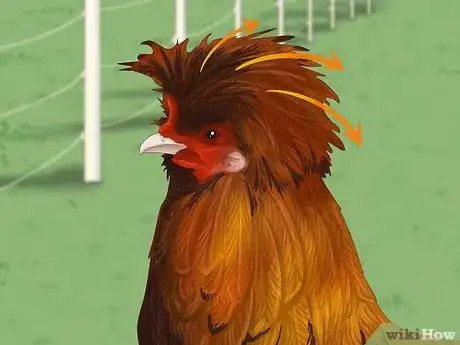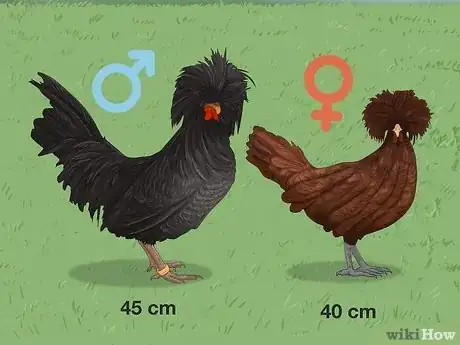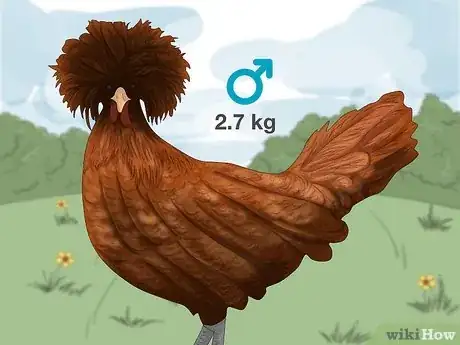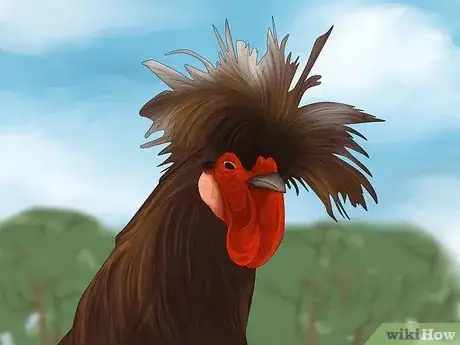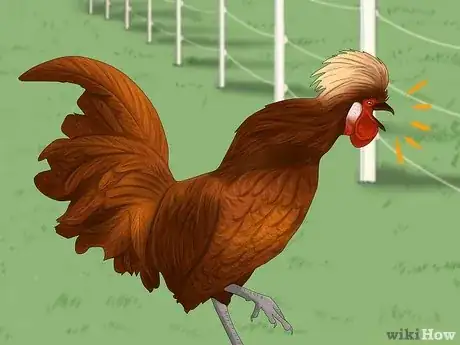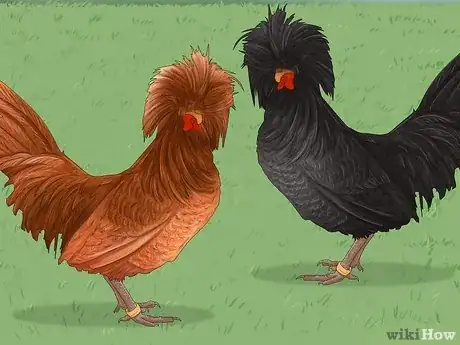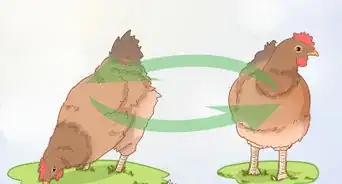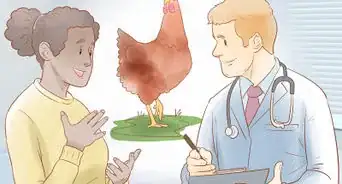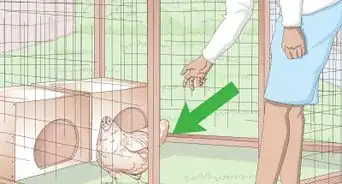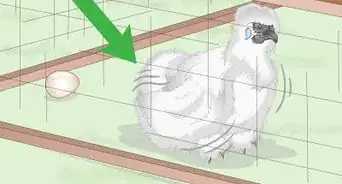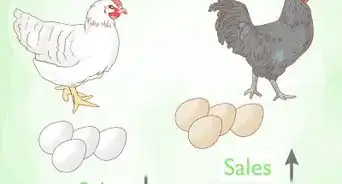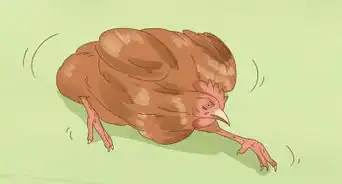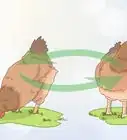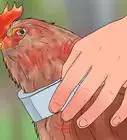This article was co-authored by wikiHow staff writer, Devin McSween. Devin McSween is a wikiHow Staff Writer. With a background in psychology, she has presented her research in social psychology at a variety of conferences and has contributed to several manuscripts for publication. At wikiHow, Devin combines her love of writing and research with the goal of bringing accessible information to wikiHow readers that will help them learn and grow. She earned her BS in Psychology from the College of Charleston.
This article has been viewed 1,653 times.
Learn more...
There’s no other chicken quite like the Polish chicken, with their wild tuft of feathers resting on their head like a top hat. While Polish chickens are easily distinguishable from other chickens because of this unruly crest, it can be difficult to tell male and female Polish chickens apart. However, when you look closely, there are some key differences between hens and roosters! Whether you’re raising these sweet, docile chickens as pets or showing them off at fairs, we’ll give you all the information you need to spot the differences between a male and female Polish chicken.
Things You Should Know
- Male Polish chickens have a less tidy, more wild crest of feathers on top of their head than females.
- Male chickens’ feathers are more pointed than females’ rounded feathers.
- Male chickens are about 2 inches (5 cm) larger and 2 pounds (1 kg) heavier than female chickens.
- Male chickens have a larger, redder wattle (flap of skin under their throat) than female chickens.
Steps
References
- ↑ https://chickenscratchny.com/polish-chicken/
- ↑ https://livestockconservancy.org/heritage-breeds/heritage-breeds-list/polish-chicken/
- ↑ https://cluckin.net/polish-chicken-breed-profile.html
- ↑ https://cluckin.net/polish-chicken-breed-profile.html
- ↑ https://www.knowyourchickens.com/polish-chicken/
- ↑ https://cluckin.net/polish-chicken-breed-profile.html
- ↑ https://livestockconservancy.org/heritage-breeds/heritage-breeds-list/polish-chicken/
- ↑ https://chickenscratchny.com/polish-chicken/
- ↑ https://www.chickensandmore.com/polish-chicken/
